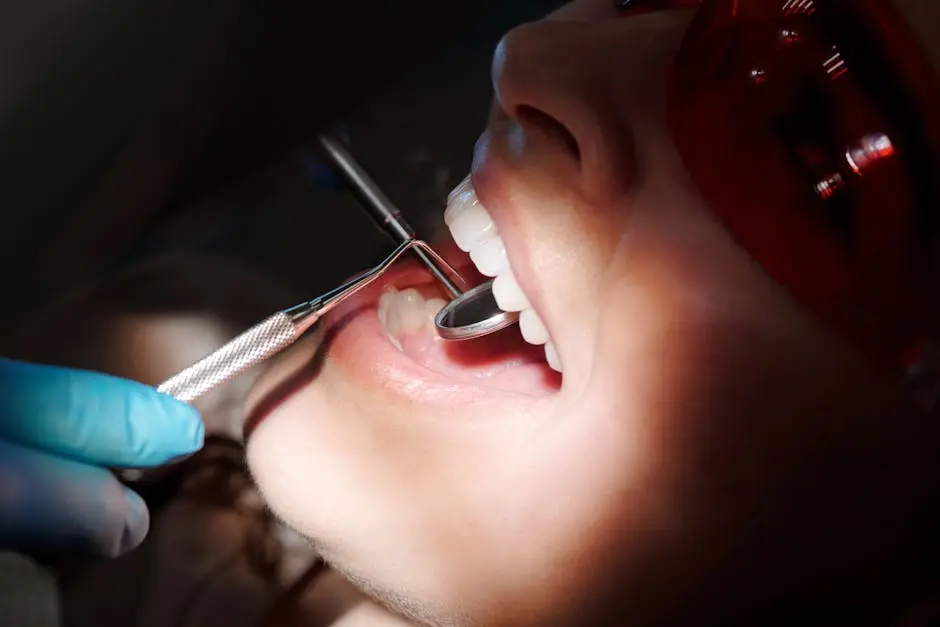What Are the Treatment Options for Tooth Resorption?
Tooth resorption is a condition where the structure of a tooth begins to break down. This can be concerning, but understanding your treatment options can make a significant difference. In this guide, we’ll take a closer look at the various options available to manage tooth resorption effectively.
Step 1: Understand Tooth Resorption
>Learn what tooth resorption is and the different types that can occur, helping to clarify the underlying causes.
Tooth resorption primarily affects the root structure of the tooth, leading to a gradual loss of tooth stability. This condition can happen for various reasons, including trauma, excessive pressure from grinding, or underlying dental disease.
It's crucial to distinguish between external and internal resorption. External tooth resorption affects the outer structure, while internal resorption affects the pulp chamber. Understanding these differences is the first step toward effective treatment.
Knowing the signs and symptoms of tooth resorption can also help in early detection. Common indicators might include sensitivity, discoloration, or changes in bite. If you notice any of these symptoms, it might be time to consult your dentist.
Step 2: Visit Your Dentist
>Schedule an appointment with your dentist for an accurate diagnosis and to discuss potential treatment options.
During your visit, your dentist will perform a thorough examination, which may include X-rays to determine the extent of tooth resorption. This step is critical, as it lays the groundwork for informed decisions about treatment.
A conversation with your dentist can also help clear up any misconceptions you may have about the condition. They can provide you with tailored advice and explain different treatment pathways based on your unique situation.
Remember, the sooner you seek help, the better your chances are for managing tooth resorption effectively. Preventive care can significantly enhance the outcome of your dental health.
Step 3: Explore Treatment Options
Consider various treatment options such as monitoring, restorative procedures, or even tooth extraction, depending on the severity of the resorption.
In mild cases, your dentist might suggest a wait-and-see approach, monitoring the situation to determine if active treatment is necessary. Regular check-ups will allow your dentist to track any changes.
For more serious cases, restorative procedures like crowns or root canal therapy may be recommended to restore tooth function and appearance. These options can help maintain the tooth's structure and prevent further complications.
If tooth resorption is severe, extraction may be the last resort. Though this option may seem daunting, a dentist can explain how to manage the area afterward, including options for implants or bridges to restore your smile.
Step 4: Maintain Good Oral Hygiene
>Implement a strong oral hygiene routine to help prevent further complications associated with tooth resorption.
Brushing twice a day and flossing daily can significantly reduce your risk of dental issues. Additionally, using mouthwash can provide extra protection against bacteria and plaque that can worsen your condition.
Regular dental visits are also a key part of maintaining oral health. Your dentist can provide preventive care and advice on the best oral hygiene practices tailored to your specific needs.
It’s worth noting that lifestyle factors such as diet and stress management can impact your dental health. Eating a balanced diet and avoiding excessive sugar can contribute to healthier teeth, acting as a buffer against conditions like tooth resorption.
Wrapping Up
Tooth resorption can be managed with the right treatment approach. Whether through direct intervention, lifestyle changes, or regular dental care, it’s essential to consult a dental professional to determine the best course of action for your specific situation.
